our history
Canadian Pacific Railway was founded in 1881 to link Canada’s populated centres with the vast potential of its relatively unpopulated West. This incredible engineering feat was completed on Nov.7, 1885 — six years ahead of schedule — when the last spike was driven at Craigellachie, B.C.
building a nation
Canadian Pacific Railway was formed to physically unite Canada and Canadians from coast to coast. Canada’s confederation on July 1, 1867 brought four eastern provinces together to form a new country. As part of the deal, Nova Scotia and New Brunswick were promised a railway to link them with the two Central Canadian provinces — Quebec and Ontario.
Manitoba joined confederation in 1870. British Columbia, on the west coast, was enticed to join the new confederation in 1871, but only with the promise that a transcontinental railway be built within 10 years to physically link east and west.
The railway’s early construction was filled with controversy, toppling the Conservative government of John A. Macdonald in 1873 and forcing an election. By the time Macdonald was returned to power in 1878, the massive project was seriously behind schedule and in danger of stalling completely.
On October 21, 1880 a group of Scottish Canadian businessmen finally formed a viable syndicate to build a transcontinental railway. The Canadian Pacific Railway Company was incorporated February 16, 1881, with George Stephen as its first president.


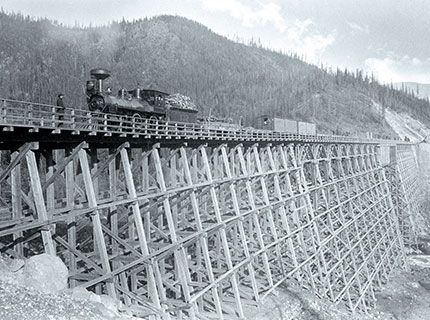
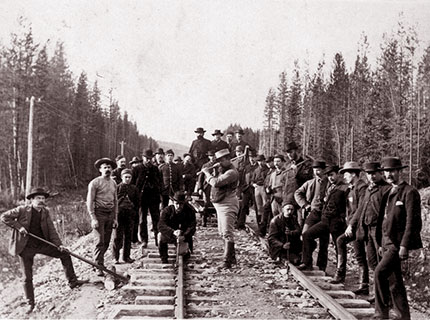
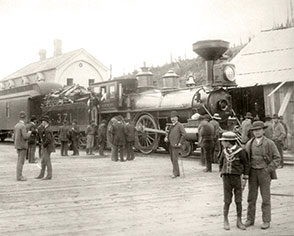
The 1881 construction season was a bust and the railway’s chief engineer and general superintendent were fired at the end of the season after building only 211 km (131 miles) of track. Syndicate member and director James Jerome Hill suggested William Cornelius Van Horne was the man who could get the job done.
A rising star in the U.S., Van Horne was lured with a sizeable salary to become CPR general manager and to oversee construction of the transcontinental railway over the Prairies and through the mountains.
Van Horne boasted he would build 800 km (500 miles) of main line railway in his first year. Floods delayed the start of the 1882 construction season, but at season’s end, 673 km (418 miles) of main line and 177 km (110 miles) of branch line track-laying made the vision of a transcontinental link much more of a reality.
On Nov. 7, 1885, the eastern and western portions of the Canadian Pacific Railway met at Craigellachie, B.C., where Donald A. Smith drove the last spike. The cost of construction almost broke the syndicate, but within three years of the first transcontinental train leaving Montreal and Toronto for Port Moody on June 28, 1886, the railway’s financial house was once again in order and CPR began paying dividends again.
growth & diversification
By 1889, the railway extended from coast to coast and the enterprise had expanded to include a wide range of related and unrelated businesses.
CPR had been involved in land settlement and land sales as early as September 1881. The company also erected telegraph lines right alongside the main transcontinental line, transmitting its first commercial telegram in 1882. The same year also marked CPR’s entry into the express shipment business, with the acquisition of the Dominion Express Company. CPR started building some of its own steam locomotives as early as 1883. And would later build its own passenger cars, making it second only on the continent to the Pullman Company of Chicago, Illinois.
CPR had steamships on the Great Lakes in 1883, chartered ships on the Pacific Ocean in 1886 and launched its own Pacific fleet in 1891. CPR got into paddle wheelers in British Columbia’s interior in 1893, the B.C. coast in 1901, and the Atlantic Ocean in 1903. The company was also involved in the hotel and tourist trade as early as 1886, after Van Horne suggested setting up a national park system in the Canadian Rockies.
CPR even discovered natural gas on the Prairies, although quite by accident. In 1886, while digging a well to get water for its steam locomotives, CPR crews stumbled across natural gas in what is now Alderson, Alberta. The railway would later use the natural gas to heat and power the station and ancillary buildings.
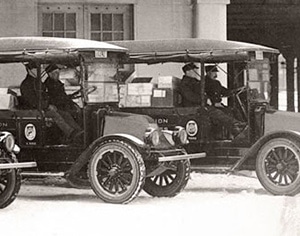
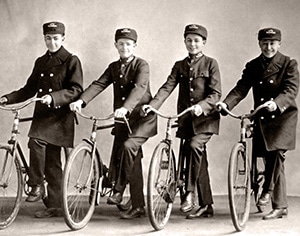
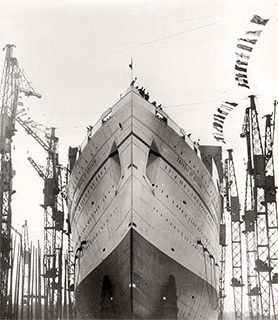
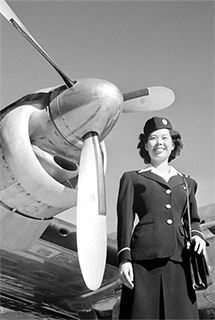
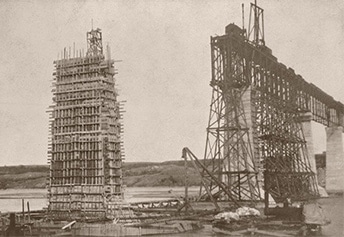
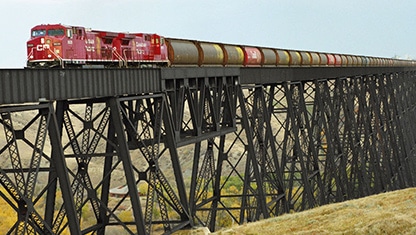
Through its history, CPR got into numerous other ventures including abattoirs, animal husbandry, bus transportation, china and crockery, containers and pallets, forestry, foundries, immigration and colonization, insurance, irrigation, manufacturing, milling and foodstuff, mines and minerals, newsreels, oil, pulp and paper, radio broadcasts, stockyards, supply farms, trucking, waste management, even bottled spring water. In 1942, CPR even took to the skies, amalgamating 10 northern bush plane companies into Canadian Pacific Airlines.
tourism & recreation

CPR president William Van Horne envisioned a string of grand hotels across Canada that would draw wealthy visitors from abroad to his railway. With heavy advertising of scenic mountains and magnificent vistas, the opening of the Banff Springs Hotel in 1888 was a hit — shortly thereafter hotels, resorts and bungalows were built across the country.
As a pristine and relatively unexplored country, wealthy tourists were drawn to the CPR properties for outdoor recreation: sight-seeing, hiking, trail riding, mountain climbing, fishing, golfing, swimming, sailing and canoeing in the summer, skiing, skating and tobogganing in the winter.
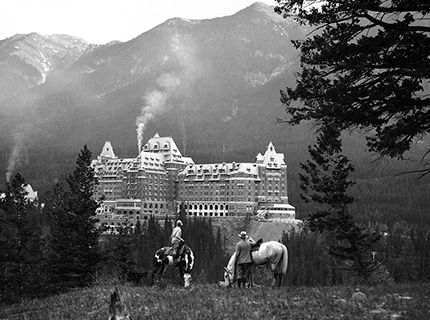
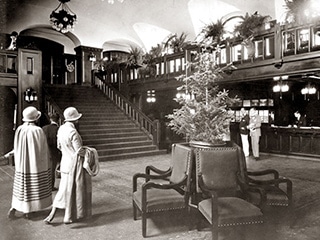
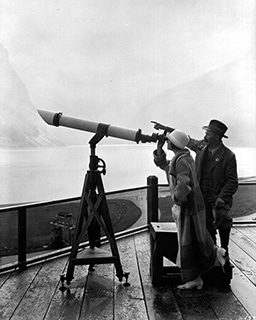
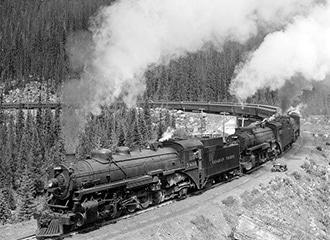

immigration & settlements
Given that the west was very sparsely populated when the railway was first built, the CPR actively recruited immigrants and settlers from eastern Canada and Europe.
More settlers meant more passengers and cargo on CPR trains. The railway sold farmland from their original 25 million acre land grant at bargain prices.
The CPR went well beyond just selling land to attract settlers, they also set up model farms to show settlers how to farm in the prairie environment, sent train car exhibits to eastern Canada, built and marketed “ready-made” farms, and undertook the building of one of the largest irrigation projects on the continent to transform 440,000 acres of semi-arid land in Alberta into productive farmland.
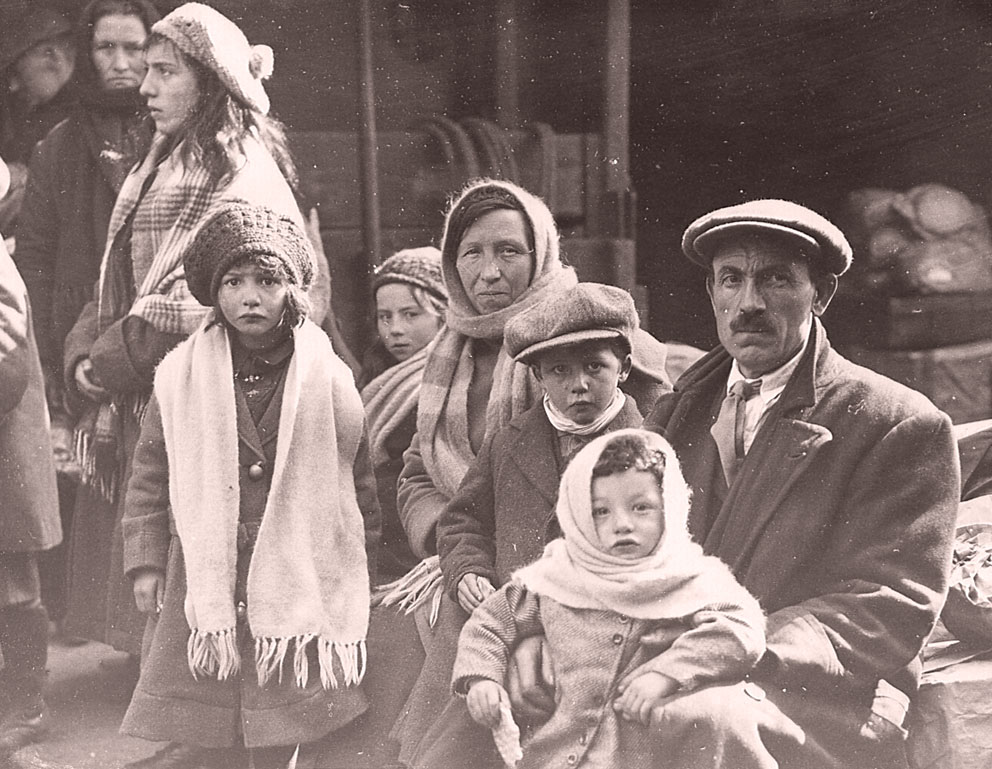
war efforts
From the outset of World War I the CPR put the entire resources of the company at the British Empire’s disposal. Not only were the railway’s trains and tracks at the Empire’s disposal, but also its ships, shops, hotels, telegraphs, and above all, its people.
11,340 CPR employees enlisted, a catastrophic 10 percent (1,116) killed, and nearly 20 percent (2,105) were wounded. Fourteen of the fifty-two ships pressed into service were sunk.
With the outbreak of World War II, the entire CPR network was once again put at the disposal of the war effort. On land, CPR moved 307 million tons of freight and 86 million passengers, including 280,000 military personnel. At sea 22 CPR ships went to war where 12 of them were sunk. In the air, CPR pioneered the “Atlantic Bridge” — a massive undertaking that saw the transatlantic ferrying of bombers from Canada to Britain.
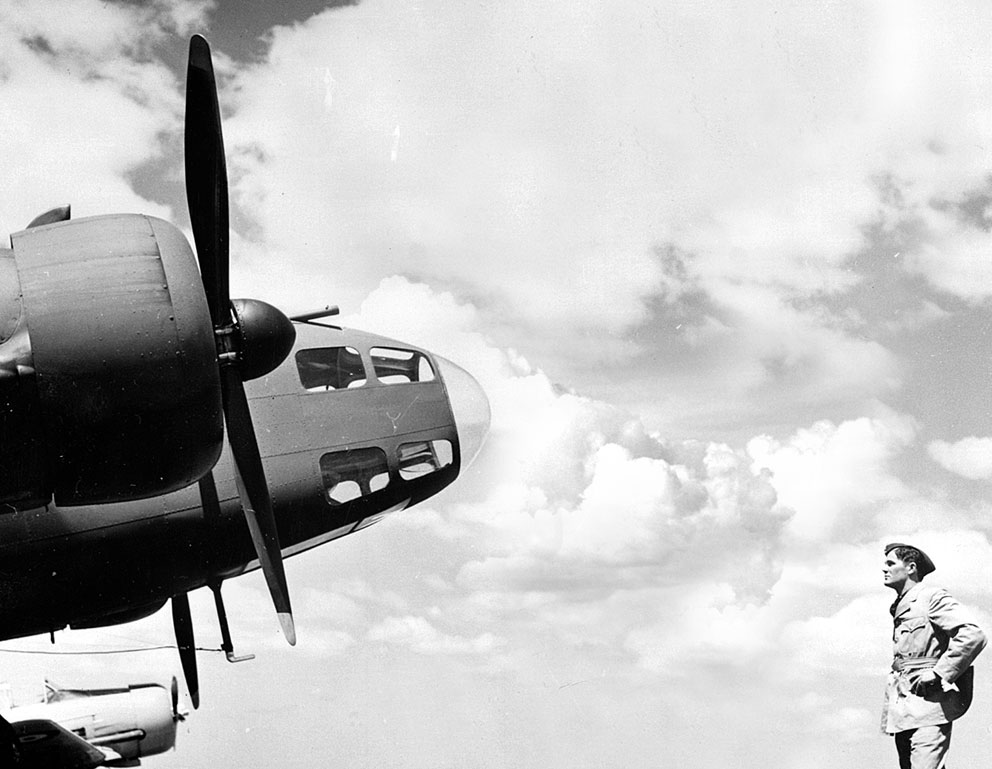
1950s to today
growth of a conglomerate
In the 1950s, CPR chief Norris R. Crump repatriated the company, putting a majority of shares back in the hands of Canadian stockholders. He also presided over complete dieselization of the company’s fleet of locomotives and managed a huge expansion into non-transportation sectors, setting up Canadian Pacific Investments in 1962.
By 1986, Canadian Pacific, as it became known, was Canada’s second largest company with $15 billion in revenue. In addition to Canadian Pacific Railway, the company’s subsidiaries included PanCanadian Energy, Fording Coal, CP (later Fairmont) Hotels and, CP Ships.
CPR gets back to basics
As Canadian Pacific grew and diversified, Canadian Pacific Railway began to focus again on its core business under the guidance of its chairman and C.E.O. William Stinson, a fourth-generation CPR railroader.
To capitalize on its refocusing efforts CPR expanded its rail network in 1990, taking full control of the Soo Line in the U.S. Midwest — a company it had a majority interest in since the 1890s. The Soo Line had already absorbed the Milwaukee Road in 1985. Three years before, in 1982, the Soo Line bought the Minneapolis, Northfield and Southern (MNS). In 1991, CPR bought the bankrupt Delaware and Hudson Railway (D&H) giving it access to ports in the U.S. Northeast.
embracing an independent future
With the goal of unlocking shareholder value, Canadian Pacific spun out its five subsidiaries into separate companies on October 3, 2001. Today, Canadian Pacific Railway is a fully independent, public company with shares trading on the major stock exchanges in Toronto and New York.
Today, Canadian Pacific is a transcontinental railway in Canada and the United States with direct links to major ports on the west and east coasts. CP provides North American customers a competitive rail service with access to key markets in every corner of the globe. CP is growing with its customers, offering a suite of freight transportation services, logistics solutions and supply chain expertise. Visit cpr.ca to see the rail advantages of CP.